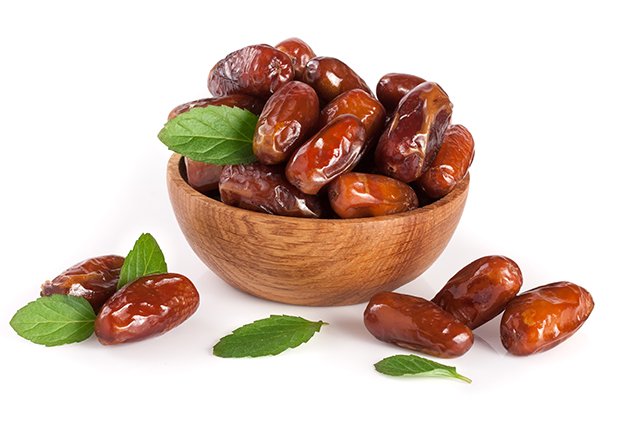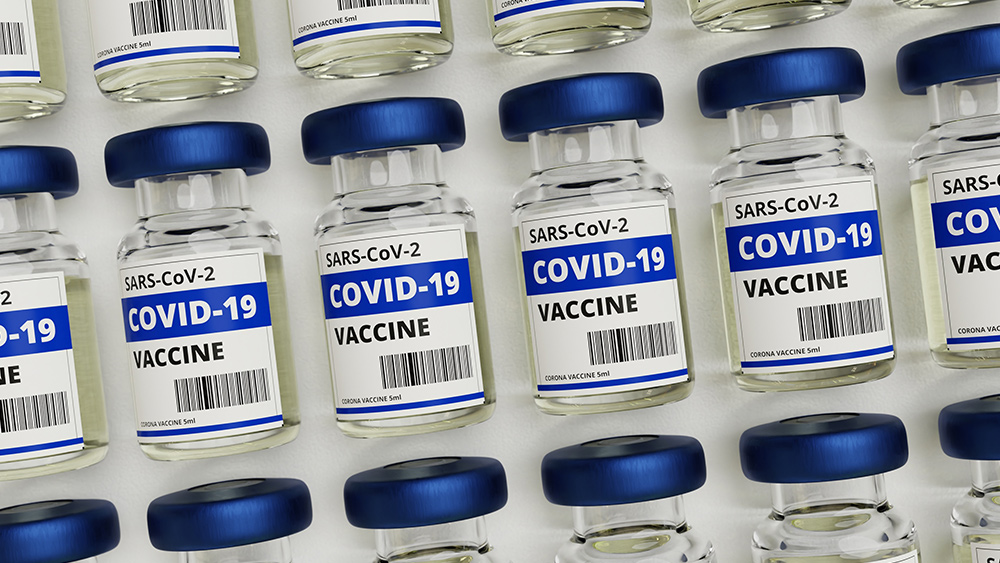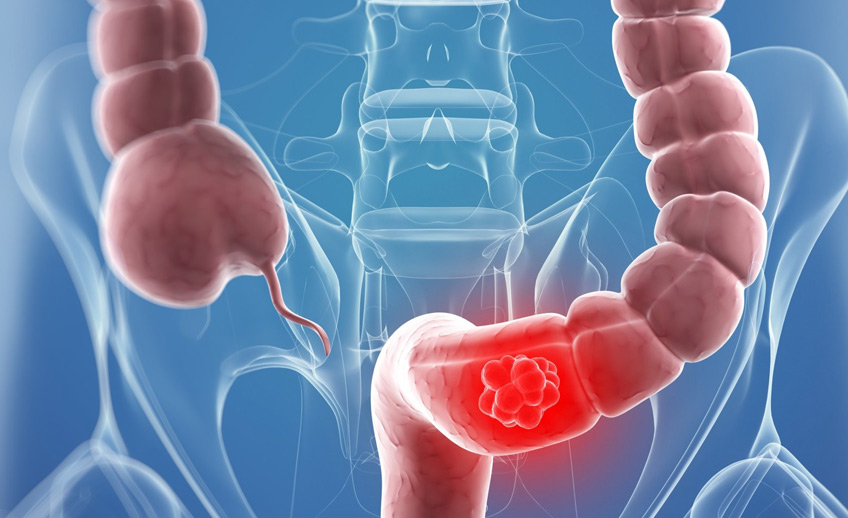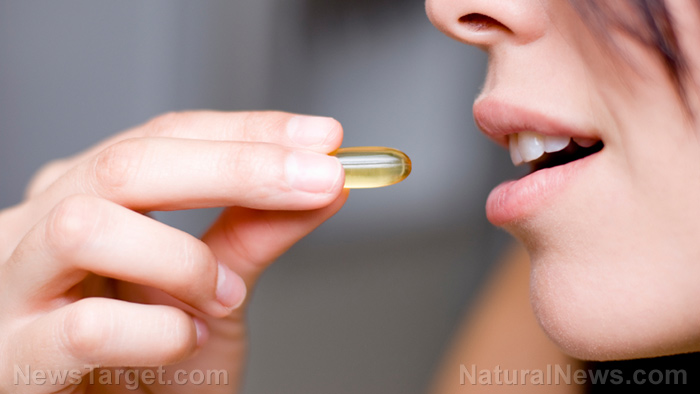The history and constituents of the date palm, a favorite since ancient times
04/26/2018 / By Ralph Flores

Dates share a history with some of the world’s earliest civilizations. People have been enjoying them for so long — well over 5,000 years — that no-one remembers the history of how we first came to enjoy this delectable fruit. One thing is for sure: People consume dates not only for their flavor but also for their nutritional value.
The date palm (Phoenix dactylifera) is mainly found in northern Africa and the Arabian Peninsula, where it has played a large role in the economy of the region. Currently, the largest producers of dates are countries in those regions, with the exception of the United States.
The date fruit, the plant’s most famous feature, grows in clumps at the base of the branches, with each clump weighing up to 20 pounds. The fruit is oval upon harvest and appears either bright yellow or bright red. There is a seed pit within each fruit that also contains a lot of vitamins and minerals.
In production, the fruit is ripened in five stages, with each stage having a specific flavor profile. When it ripens, the sugar content increases, while the protein content decreases. There are three varieties of dates: Hard, soft, and semi-dry – its most common form.
In terms of nutrients, the date fruit has 70 percent digestible sugar. This includes glucose, fructose, and sucrose. It’s also a good source of fiber, and it has a small amount of fat and protein. All nine essential amino acids are found in date pits, and the fruit holds 23 amino acids in total. It also is an excellent source of minerals, including iron, calcium, magnesium, potassium, manganese, phosphorus, and zinc, as well as trace amounts of sulfur, cobalt, copper, fluorine, boron, and selenium. (Related: Date syrup naturally fights pathogenic bacterial infections.)

The date pit, in particular, has fiber and a number of fatty acids. These include lauric, myristic, palmitic, and stearic acids. The monounsaturated fatty acids found in dates are palmitoleic and oleic acids, and ?-linolenic and linoleic acids are polyunsaturated fatty acids present in date pits. According to research, oleic acid can reduce low-density lipoprotein (LDL) cholesterol in the body while ?-linolenic acid can boost overall cardiovascular health. Head-to-head, pressed oil from date pits contains more tocopherols than olive oil and higher antioxidant content than coconut oil, depending on the origin.
The date fruits are also a great source of polyphenolic compounds, such as lignans, carotenoids, and flavonoids, including anthocyanins and procyanidins. Studies show that most of the health benefits of the date fruit are linked to its polyphenol content, which improves overall health. In particular, carotenoids and flavonoids found in both the fruit and seed have a high antioxidant activity that guards the body against free radical damage which can cause disease. Procyanidins, bioactive ingredients with powerful antioxidant properties, are found in date fruits, depending on their ripeness.
That’s not all: Compounds known as beta-glucans, found in the date fruit and palm pollen, exhibit antitumor activity, as well as boost immune defense and other natural cell protection activity. This, in turn, inhibits the growth of tumor cells. Studies have also shown that beta-glucans can reduce high cholesterol and blood pressure levels in patients with diabetes.
A traditional way to make dates, with a modern twist
Here’s a simple way to get you started with dates. (h/t to Epicurious.com.)
Classic Date Bars
What you will need:
- 1 1/2 cups water
- 1 1/2 cups chopped, pitted dates
- 1 tsp vanilla extract
- 1 1/2 cups all-purpose flour
- 1 cup dark brown sugar (packed)
- 1 cup old-fashioned oats
- 1 1/2 tsp ground cinnamon
- 1/2 tsp baking soda
- 1/2 tsp salt
- 3/4 cup (or 1 1/2 sticks) unsalted butter, diced and at room temperature
What you need to do:
- Preheat oven to 350 F, and butter an 8×8-inch metal baking pan.
- In a medium saucepan, pour 1 1/2 cups of water and let it simmer.
- Add dates, and let it simmer for 10 minutes until the fruits are very soft and thick. Stir occasionally while simmering.
- Cool dates to room temperature and stir in vanilla.
- In a large bowl, add in flour, sugar, oats, cinnamon, baking soda, and salt, and stir to blend. Add butter to the mix.
- Rub in using fingertips until moist clumps form.
- In the buttered pan, spread half of the oat mixture evenly then spread the date mixture over. Add the remaining oat mixture, pressing gently to set.
- Bake for 40 minutes, until it’s brown at the edges and golden brown at the center. Cool completely in a rack.
- Cut into bite-sized bars and serve.
Learn even more foods that heal by going to Food.news today.
Sources include:
Submit a correction >>
Tagged Under:
ancient fruit, antioxidants, antitumor, bioactive ingredients, carotenoids, cholesterol, clean foods, date fruit, date palm, date pits, dates, flavonoids, health benefits, organics, Phoenix dactylifera, polyphenols
This article may contain statements that reflect the opinion of the author




















